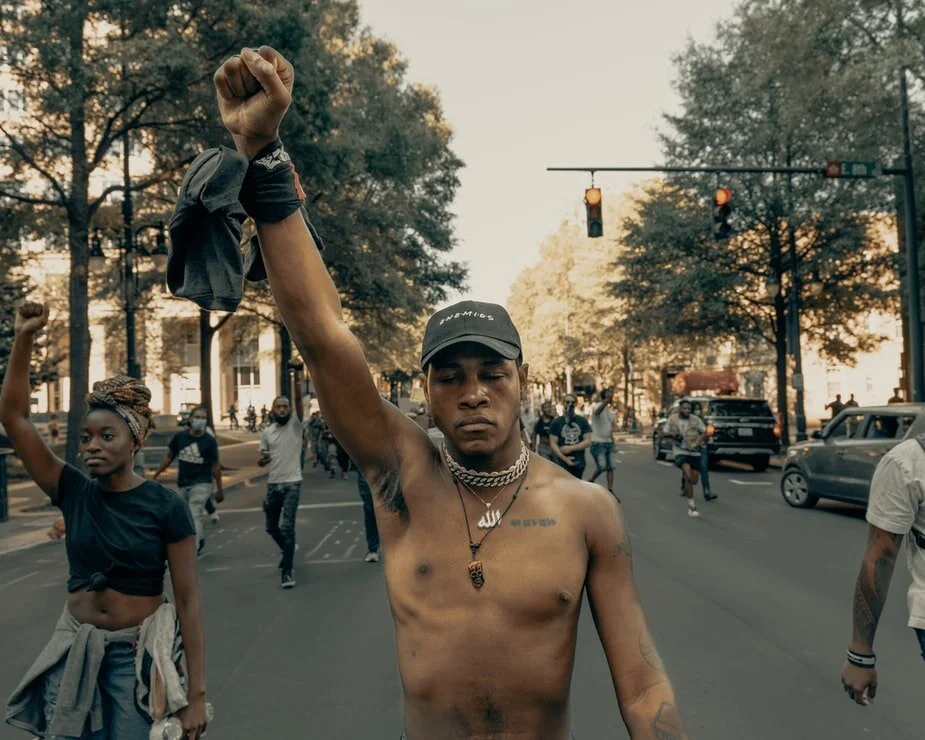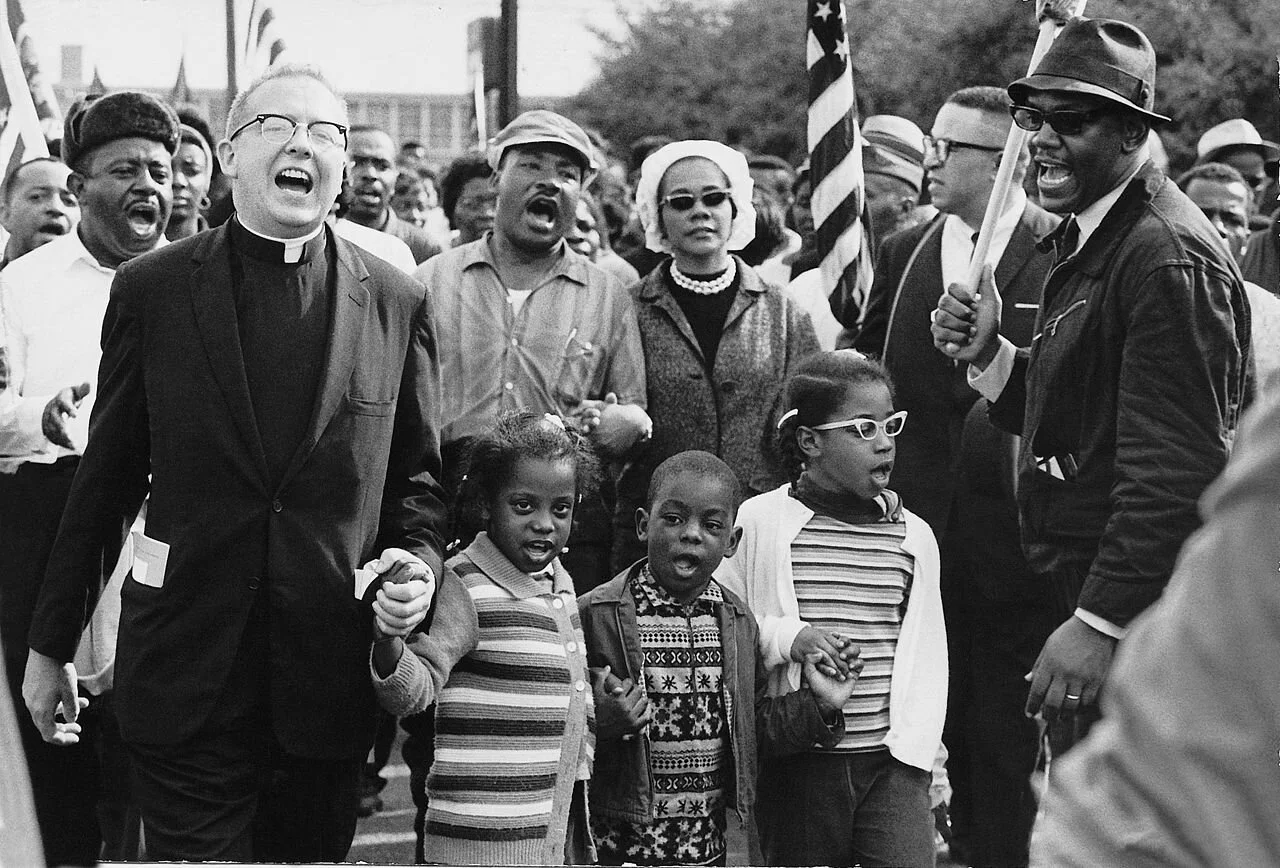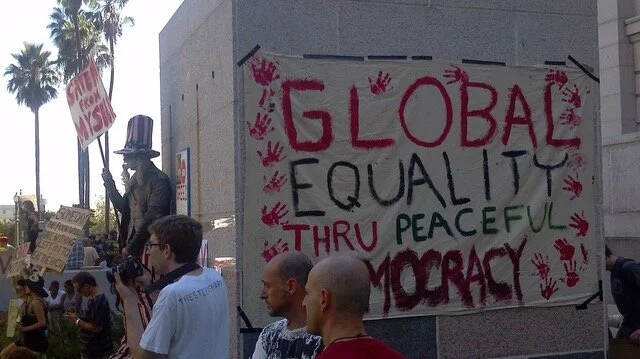As voices of the Black Lives Matter movement flooded American streets, British proponents alike rushed to rally. The seeds of the movement germinated in the U.K., but problems soon sprung up alongside them.
Black Lives Matter protest in Bristol, England. KSAG Photography. CC BY-NC-SA 2.0.
In late May, the death of George Floyd ignited outrage in nations across the world, including in the United Kingdom. In the early summer months, the pages of social media and eager British ralliers mirrored the zeal of the Black Lives Matter movement in the United States. However, over the course of a few short months, the unmatched vigor of the movement in Britain quickly dropped off; neither the media channels nor the once fiery minds of residents continued active coverage and support.
What had started as weekly protests in Britain’s largest cities had dissolved into a deferred dream for a few young activists. As more racial inequalities surfaced, less and less government engagement was found.
Regardless of this obstacle, the young remaining supporters continue their fight with the unbattered zeal of seasoned activists. A few such activists are the founders of All Black Lives U.K., which is a movement started this past May by a group of students. The group organized protests for 10 weeks this summer and has since made substantial headway; its outreach, primarily made through social media and hosted panels, has garnered enough engagement to establish posts in other urban areas such as Bristol and Manchester.
The movement pushes for a list of demands to be met by the government, which includes the removal of the highly scrutinized “gangs matrix.”
The gangs matrix is a database that has been run by the Metropolitan Police since 2012 following the 2011 London riots. The database contains the names of “gang nominals,” or people whose online activity has been flagged for suspected gang affiliation. The Metropolitan Police advertised the database as a tool to combat violence in London, but many studies found that its standards have resulted in the disproportionate representation of young Black males. Thus, All Black Lives U.K. believes that the abolition of this database will remove a racist stronghold in the government.
Aside from more obvious racial discrimination, many protesters think that the U.K. suffers from a profound lack of diversity. The movement continues to fight for increased inclusion of Black voices in local councils, as well as diversity in the national school curriculum. Campaigns have been launched to modify what is included in the national curriculum, specifically in order to make learning Black history compulsory. Proponents intend for this modification to fairly represent the Black population while creating a more well-rounded picture of the nation’s history for all students. The education campaigns were met with immediate backlash, with claims by educators that this change is too closely tied to political extremism.
With several months of tumult having reshaped the face of racial discussions in the U.K., there is little that the British government has changed to address the issue. However, the few brave faces trailblazing the movement keep pressing on, calling others to educate themselves in the meantime.
To Get Involved
To sign up to volunteer for the Black Lives Matter movement in the UK, click here.
To find out more about the Black Lives Matter movement in the UK, click here.
To become a partner or sponsor for the movement in the UK, click here.
Ella Nguyen
Ella is an undergraduate student at Vassar College pursuing a degree in Hispanic Studies. She wants to assist in the field of immigration law and hopes to utilize Spanish in her future projects. In her free time she enjoys cooking, writing poetry, and learning about cosmetics.





















